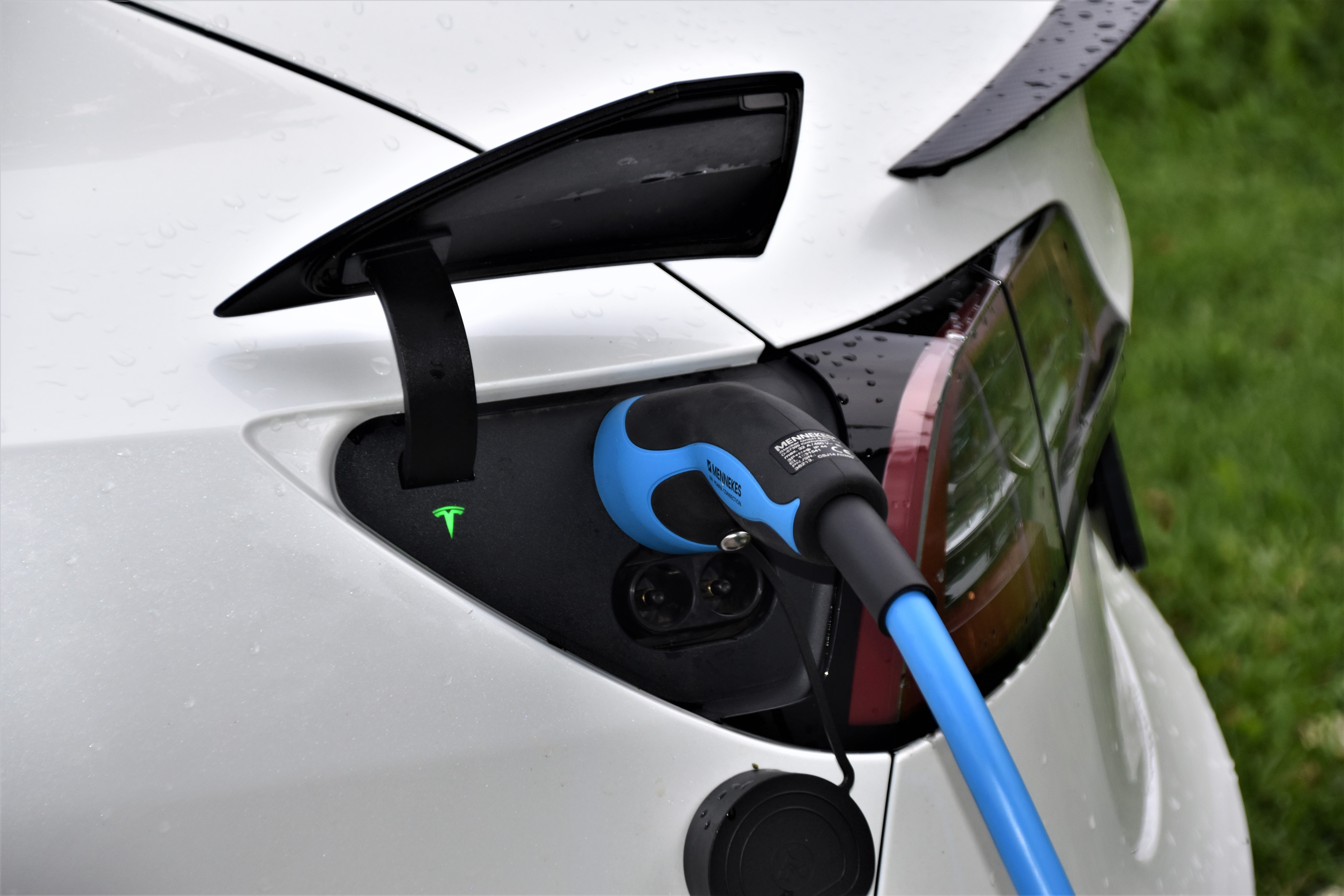Introduction: Meeting Demands for Lithium
As the prices and demand for lithium continue to rise, attention is being drawn to the need for lithium-ion battery recycling within the wider supply chain – potentially reducing the need for new lithium extraction in the future. The metal is integral to energy storage systems for electric vehicles and renewable power, but the quantity of lithium needed far exceeds what is currently in circulation. As such, there is a need for large-scale extraction processes to meet demand. However, lithium extraction involves its own sets of risks and environmental issues, and has led to calls for the development of a lithium recycling industry capable of reducing the need for active extraction in coming decades.
How is Lithium Sourced?
Reducing the impact caused by mining for new battery minerals is a major talking point within the industry. Companies like EnergyX are doing their best to create technology capable of making the supply chain as sustainable as possible from brine to battery – but what happens after that? There is a need for a workable solution after the battery has gone through its end-of-life stage. “Currently, globally, it’s very hard to get detailed figures for what percentage of lithium-ion batteries are recycled, but the value everyone quotes is about 5%,” Dr Paul Anderson from University of Birmingham told the BBC, “In some parts of the world it’s considerably less.”
Until there are enough lithium-ion batteries on the market, the industry’s ability to recycle will continue to be hampered. However, current investment and development of lithium battery recycling infrastructure will ensure that the sector will be ready to tackle that issue when it arises. For the time being, lithium, like other battery materials, must be sourced from major deposits globally. In the case of lithium, 75% of the world’s reserves are found in the ‘Lithium Triangle’ of Bolivia, Argentina, and Chile. There are two ways of extracting lithium: from rock, and from brine – both of which have their disadvantages.
Impact of Recycling Batteries
Currently, recycling makes up a negligible portion of battery manufacturing. High demand coupled with the relatively recent deployment of lithium-ion batteries for EVs and energy storage units means the amount of batteries capable of being recycled is low. That being said, the lithium industry is working hard to develop such opportunities, as Davide Castelvecchi explains in Nature, “Battery and carmakers are already spending billions of dollars on reducing the costs of manufacturing and recycling electric-vehicle (EV) batteries. National research funders have also founded centres to study better ways to make and recycle batteries, […] a key goal is to develop processes to recover valuable metals cheaply enough to compete with freshly mined ones.”
The ability to recycle end of life batteries will have a sizable impact. As Castelvecchi points out, the ability to reliably recover battery components such as lithium could help reduce the costs of the metal and make it more interesting to recycle, especially if recycled batteries are able to match the output and capacity of new ones. That, however, is the big question. Recycling the battery is one thing, but they need to be useful. There have been breakthroughs in lithium battery efficiency, improved extraction processes as well as policies aimed at sustainable mining – all have affected how the lithium industry is operating now. The lithium-ion battery recycling sector figures to be on that list soon.
Conclusion: Recycled Lithium Batteries are the Future
As the world ramps up to meet our low-carbon goals, special attention needs to be put on the materials that will help us reach them. Lithium is an element that is often not discussed when speaking of renewable energy or the need for more electric transport mediums, yet it provides the energy storage needed for their use. Much less is said of other battery minerals integral to the transition, this could be due to the environmental and social issues surrounding the extraction processes of these components, or the focus on the ‘bigger picture’. One thing is certain: making their extraction more sustainable, and being able to recycle them effectively will ensure we put ourselves in a better position to safeguard the future of upcoming generations.

